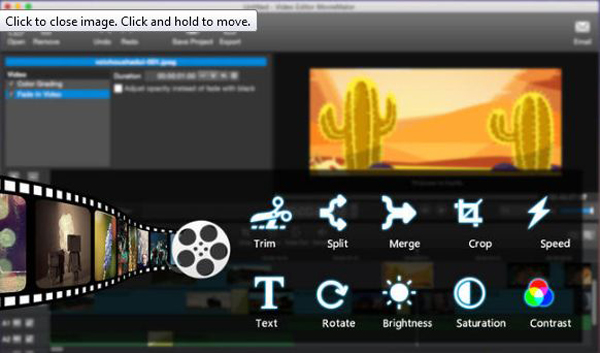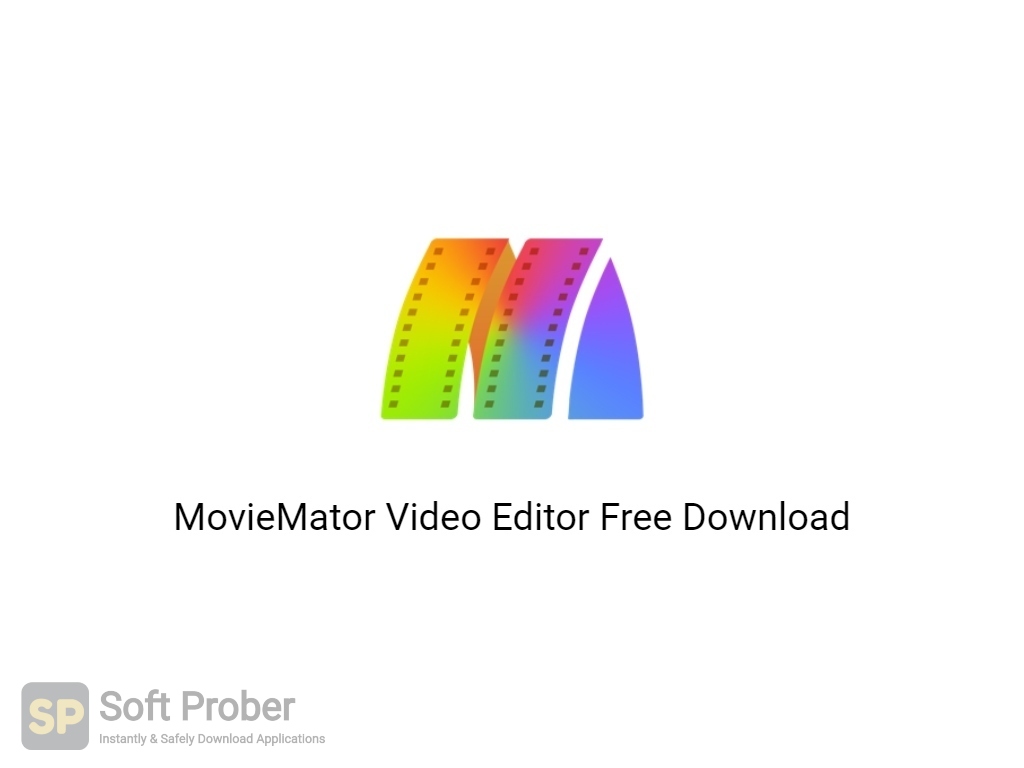

- #VIDEO EDITOR MOVIEMATOR TUTORIAL FULL#
- #VIDEO EDITOR MOVIEMATOR TUTORIAL PRO#
- #VIDEO EDITOR MOVIEMATOR TUTORIAL SOFTWARE#
A popular 1970-80s system for creating these transitions was the U-matic equipment (named for the U-shaped tape path). In addition, sources could be played back simultaneously through a vision mixer (video switcher) to create more complex transitions between scenes. If a scene closer to the beginning of the video tape needed to be changed in length, all later scenes would need to be recorded onto the video tape again in sequence. This was introduced into the linear editing technique. Improvements in quality and economy, and the invention of the flying erase-head, allowed new video and audio material to be recorded over the material already present on an existing magnetic tape. With the two black jog dials, two connected VCRs could be precisely controlled to add image frames from a source machine to the video material on a second, recording machine. Video editing controller Sony BVE-600 for the analog U-Matic system, 1980s. This "developed" the magnetic tracks, making them visible when viewed through a microscope so that they could be aligned in a splicer designed for this task. The two pieces of tape to be joined were painted with a solution of extremely fine iron filings suspended in carbon tetrachloride, a toxic and carcinogenic compound. Įarly 1950s video tape recorders (VTR) were so expensive, and the quality degradation caused by copying was so great, that a 2-inch Quadruplex videotape was edited by visualizing the recorded track with ferrofluid, cutting it with a razor blade or guillotine cutter, and splicing with video tape. The goal of editing is to manipulate these events to bring the communication closer to the original goal or target. Using video, a director can communicate non-fictional and fictional events.
#VIDEO EDITOR MOVIEMATOR TUTORIAL SOFTWARE#
Motion picture film editing is a predecessor to video editing and, in several ways, video editing simulates motion picture film editing, in theory and the use of linear video editing and video editing software on non-linear editing systems (NLE). Video editing is the process of editing segments of motion video production footage, special effects and sound recordings in the post-production process. A vision mixer is used to cut live feed coming from several cameras in real time.

Cloud-based editing is the process of utilising the internet to work with content remotely, collaboratively or of a time-critical nature such as editing of live sports events in real-time using video proxies (lower resolution copies) of original material.It is done in the final stage of a video production.
#VIDEO EDITOR MOVIEMATOR TUTORIAL FULL#

Once the editing is complete, the original media is then re-assembled in the online editing stage. Offline editing is the process by which raw footage is copied from an original source, without affecting the original film stock or video tape.
#VIDEO EDITOR MOVIEMATOR TUTORIAL PRO#
This process is not destructive to the raw video footage and is done by using programs such as DaVinci Resolve, Avid Media Composer, Adobe Premiere Pro and Final Cut Pro. Non-linear editing systems (NLE) allow video to be edited on computers with specialized software.Several video clips from different tapes are recorded to one single tape in the order that they will appear. Linear video editing uses video tape and is edited in a very linear way.Video editing includes cutting segments (trimming), re-sequencing clips, and adding transitions and other special effects. Though once the province of expensive machines called video editors, video editing software is now available for personal computers and workstations.


 0 kommentar(er)
0 kommentar(er)
